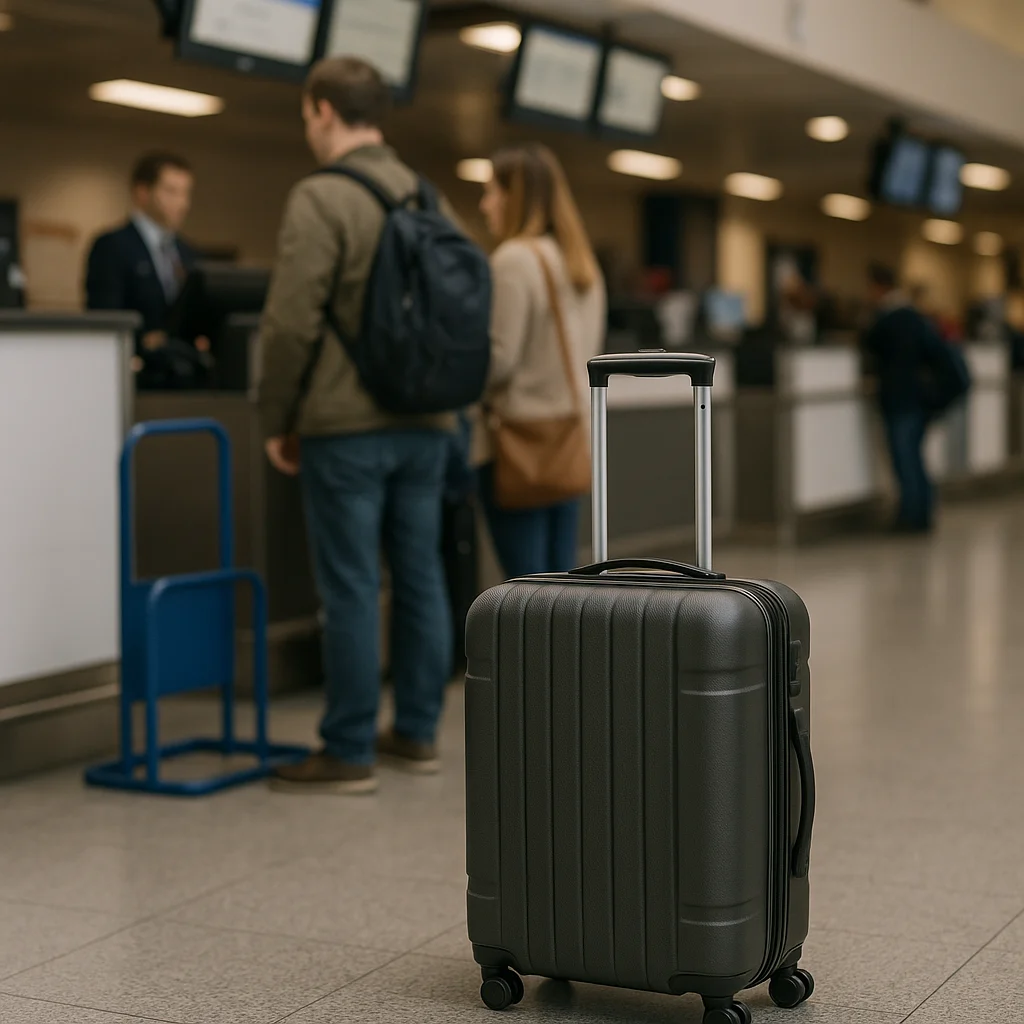Revolutionizing Air Travel with Cheaper Flights
For travelers and aviation enthusiasts eagerly looking forward to more affordable options, a groundbreaking airline service set to launch in 2025 promises to shake up the industry with significantly cheaper flights. Designed to make air travel accessible to a broader audience, this new service has sparked excitement by combining innovative technology, streamlined operations, and customer-centric approaches. With the rising costs associated with traditional airlines, the emergence of this service offers hope for budget-savvy passengers and frequent flyers.
Understanding how this airline service plans to deliver lower prices will be critical in assessing its potential impact. This article explores the strategies behind cheaper flights, the benefits to consumers, and how the aviation landscape might evolve as a result.
Key Strategies Driving Cheaper Flights
The promise of cheaper flights hinges on a balance of efficiency, smart technology, and operational adjustments. Here are some of the primary mechanisms planned:
Optimized Fleet and Fuel Efficiency
Modern aircraft technology plays a pivotal role in cost reduction. The new airline will utilize the latest fuel-efficient planes, which:
– Consume less fuel per mile traveled
– Produce lower emissions contributing to sustainability goals
– Reduce maintenance costs due to advanced engineering
This not only cuts expenses but also aligns with growing traveler demand for eco-friendly travel options.
Lean Operational Model
Unlike traditional carriers with extensive networks and high overhead, the service will adopt a lean business model focusing on:
– Single aircraft type to minimize maintenance complexity
– Point-to-point routes instead of hub-and-spoke systems to reduce layovers
– Digital-only booking platforms, trimming distribution costs
– Minimal in-flight amenities to focus on basic comfort without added expenses
This streamlined structure allows for lower operational costs, passing savings onto customers through cheaper flights.
Customer Benefits of Cheaper Flights
Lower ticket prices mean more opportunities for passengers. Let’s look at the direct advantages for travelers:
Expanded Access to Air Travel
Reduced airfare makes flying accessible to a larger segment of the population, including:
– Students and young professionals seeking budget options
– Families traveling for holidays or reunions on a limited budget
– Remote workers and digital nomads increasing mobility
With more affordable pricing, travel frequency could increase, boosting tourism and cultural exchange.
Improved Flexibility and Convenience
The new airline’s focus on point-to-point travel reduces time spent in transit. Passengers will benefit from:
– Shorter total travel times with fewer connections
– Increased frequency on popular routes enabling more travel options
– Simplified booking and boarding facilitated by digital innovations
This combination enhances overall customer satisfaction while maintaining lower costs.
Market Implications and Industry Response
The introduction of cheaper flights by this airline service is poised to disrupt the aviation market with wide-ranging effects.
Competitive Pressure on Established Airlines
Existing carriers may feel compelled to:
– Reassess pricing strategies to remain competitive
– Innovate operational efficiencies to reduce costs
– Introduce promotional fares or loyalty incentives
The resulting price competition could be a win for consumers with more affordable flight choices becoming widespread.
Stimulus for Regional Airports and Tourism
Smaller and secondary airports could see increased traffic due to:
– The airline’s willingness to serve less congested airports
– Stimulated regional economies benefiting from tourism growth
– Enhanced connectivity encouraging business travel and investment
This decentralization could balance airport congestion around major hubs and distribute economic benefits more evenly.
Technology’s Role in Delivering Cheaper Flights
Technology underlies many of the improvements enabling lower fares, from booking to boarding.
AI and Data Analytics for Route Optimization
Using artificial intelligence, the airline can analyze passenger demand patterns and optimize flight schedules by:
– Predicting high-demand routes to maximize load factors
– Adjusting capacity dynamically to reduce empty seats
– Identifying cost-saving opportunities in real time
Such data-driven decision-making minimizes waste and enhances profitability, facilitating cheaper flights.
Automation and Self-Service Innovations
The airline plans to leverage technology to reduce labor costs and enhance user experience through:
– Mobile check-ins and digital boarding passes
– Automated baggage handling systems
– AI-powered customer support chatbots
These efficiencies help contain costs while providing seamless service to passengers.
Traveler Tips to Maximize Savings on Cheaper Flights
When this service launches, savvy travelers can adopt strategies to get the best deals.
Book Early and Monitor Deals
Cheap flights often come with dynamic pricing models, so:
– Booking tickets as early as possible usually secures lowest rates
– Subscribing to alerts and newsletters helps catch flash sales
– Using flexible date search tools ensures finding cheapest travel days
Be Open to Secondary Airports
Considering alternative airports near your destination can:
– Unlock even less expensive fares
– Provide quicker access to local areas with less travel hassle
– Offer more flight time options suited to your schedule
Travel Lightweight and Avoid Extras
To benefit fully from base fares:
– Pack carry-on luggage to avoid checked bag fees
– Forego paid onboard meals and bring your own snacks
– Use credit cards with travel perks to minimize additional charges
These small savings add up when flying frequently or with budget airlines.
The Road Ahead for Affordable Air Travel
Cheaper flights are not just about price tags; they represent a fundamental shift in accessibility and efficiency within the aviation industry. This emerging airline service aligns innovative technology, lean business planning, and customer focus to bring a new era of affordability starting in 2025.
Travelers can anticipate a future where flying is more economical, routes more direct, and booking more tech-savvy than ever before. With competition increasing, the entire market could evolve toward lower fares and improved convenience globally.
For those ready to explore more affordable travel options and stay updated on this transformative flight service launch, visit khmuhtadin.com to learn how to book early and maximize your travel budget.
Explore affordable skies and prepare to experience the freedom of cheaper flights in 2025 and beyond.




